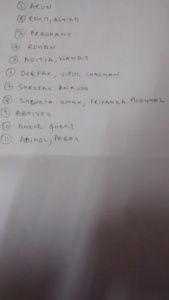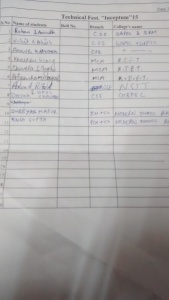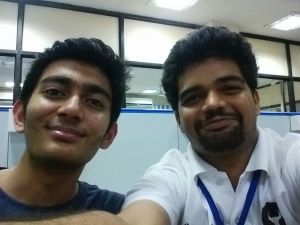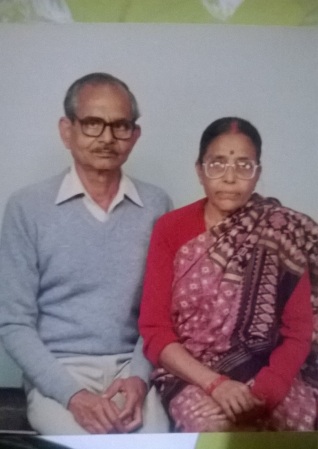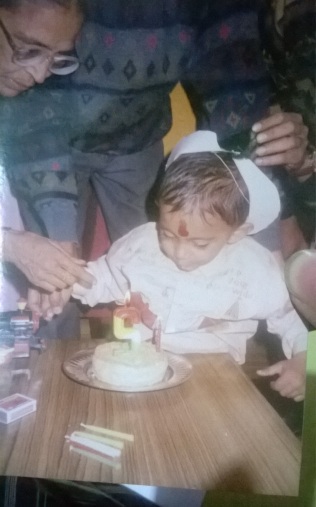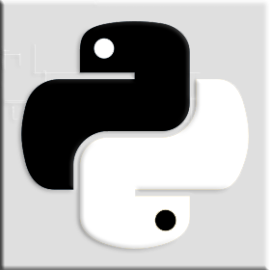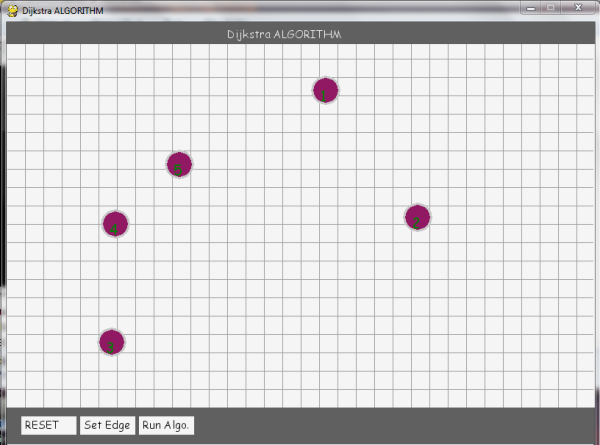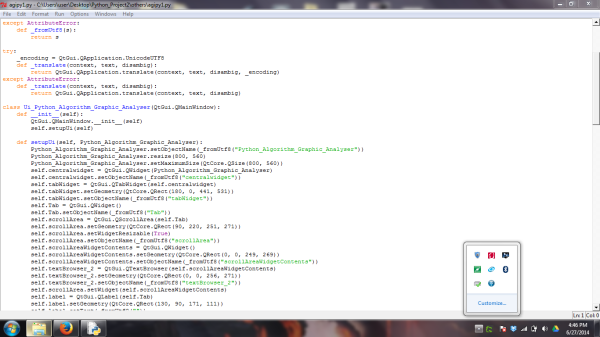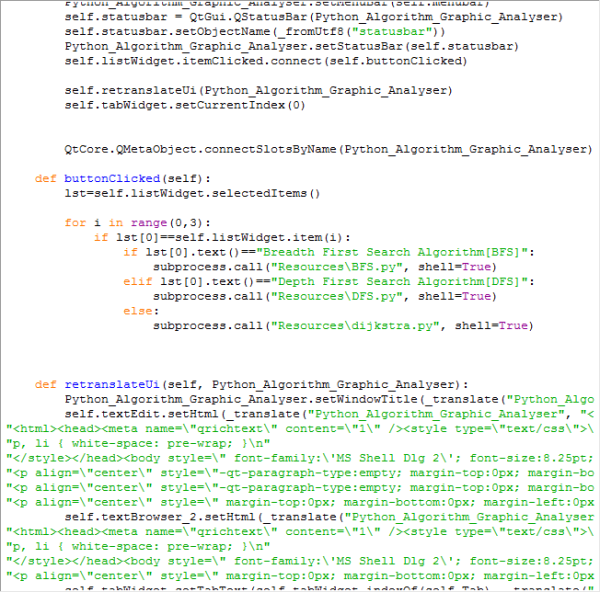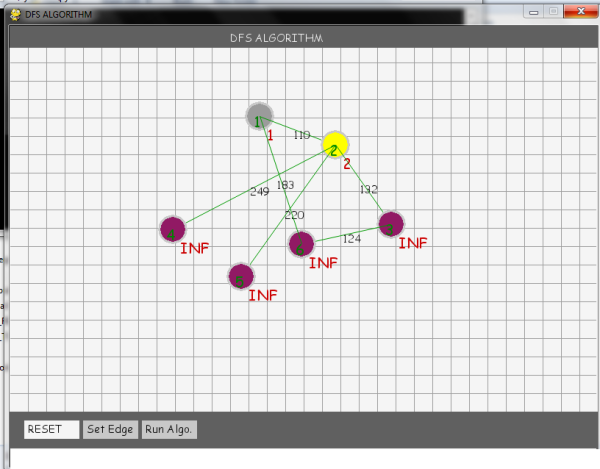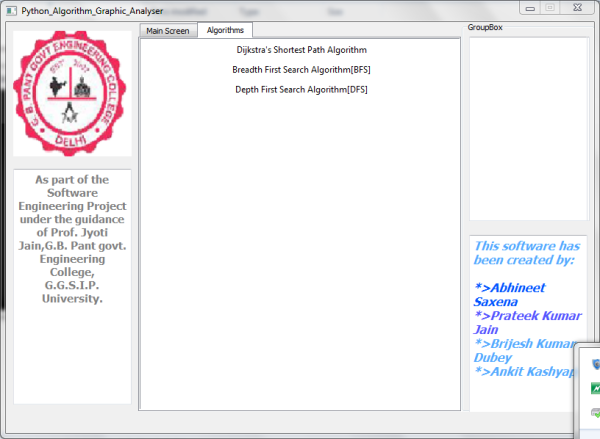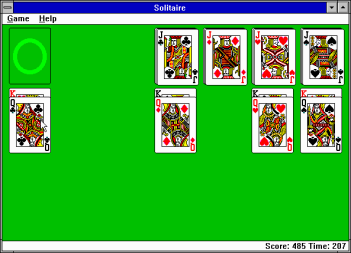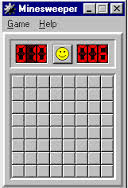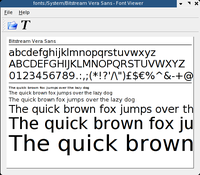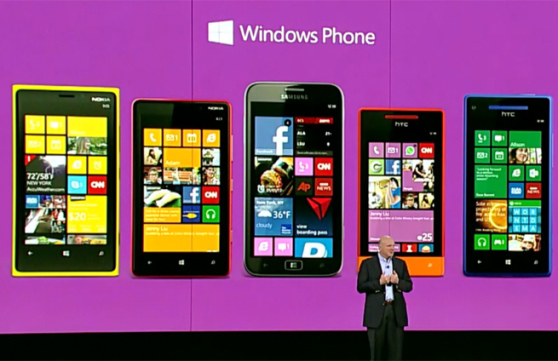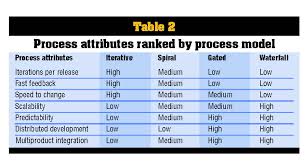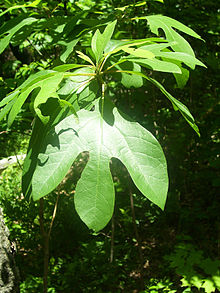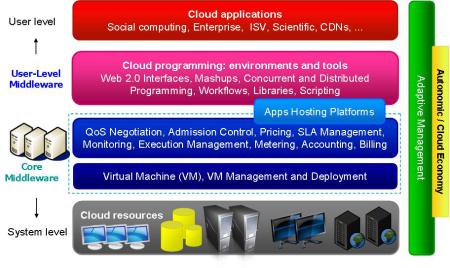I’m delighted to write about the coding event: Code~Decode which I organized as part of my college fest, Inceptum. I’ve come to imbibe the attitude that nothing comes easy in life:- There will always be worthy challenges just waiting to be overcome when you’ll set your foot on a new adventure in life. This event was no different.
I’ve been the HackerRank Campus Ambassador (C.A.) for quite a while now. Since the very beginning of my experiences as a C.A., I’ve longed to nurture a coding culture in my college. Many of my colleagues are involved in a wide array of fantastic projects and personal pursuits- from App and Web content development to quizzing and blog-writing. However, there always remained one domain that was primarily unconquered and untouched for quite a while:- Competitive Coding.
For reasons unknown, there were few takers for competitive coding in my college since the time I initiated my undergraduate studies. There were a few seniors( and juniors) who exemplified great coding performance and ambition. But largely the virtues of this realm haven’t permeated through the students. I’ve always viewed it as a necessity than a luxury. Your coding and data structure basics MUST be strong. There is no way around that truth.
The Entrée
In-order to do justice by my coding vision, I accepted the role of C.A. at HackerRank and waited for an opportunity to arrive to realise this vision. It sprang up in the form of an open position as the coordinator for a coding event. I had to say Yes.
Me and my great pal Asheesh Sharma, together brain-stormed and came up with the layout for the event. We decided to have two rounds, the first being the preliminary round comprising of MCQ questions and then the coding round. The first major challenge was to select and prune the questions which we wished to include in the event. It took a lot of work, but I finally made the decision to have 13 questions for MCQ round, and 5 programming challenges for the coding round.
Then there was another concern:- where would we host the questions? Initially, I decided to have the preliminary round, as an off-line event (reminiscent of the old paper-pencil school days 🙂 ). But then it dawned upon us that the cost for getting 5 pages printed for each team,with an upper bound of O(30) on the number of teams that might turn up, was pretty scary [5 pages*30* Rs.4/page = 600 rupees approx.(considering the prize money was 1,000 rupees, you get the gist)].
Hence we quickly went about finding the perfect hosting platform for MCQ questions, and voilà! we had testmoz.com to our rescue. (It turned out to be a brilliant choice, with the platform even providing CSV sheets for candidate scores- stuff that makes you wipe tears of joy any day).
Presumably, it was all set, we thought. But there were bigger challenges awaiting us that day, as we shall see now.
Main-Course== Served.
Once I set my foot in college, I quickly realized what studying in a government college entails:- the computer labs where the event was to be held, were both locked. Puzzled and still reassuring myself that permission had been procured, I talked to the head coordinator. It turned out, he was completely unaware of the promise he had made the other day about having procured the permission to use the labs. Major disappointment.
Then started the great race where me and my friend ran pillar to post, from the H.O.D.(Head Of Department) of Comp. Sc. Dept. to uncooperative lab assistants and then to cooperative teachers. After a delay of about 1 hour, we finally got the labs operable for the event. Add to this the pressure to manage the burgeoning number of students (both from our own college and teams from other colleges) who gathered outside the labs.
I quickly took charge of one of the labs and initiated the testing procedure, limiting the first round to 30 minutes. Thereafter I repeated the same in the other lab and tended to the requests for sheets at both places. Then there was the challenge of supervision and answering all the queries from all the participants once the round was over. After taking heed to all the concerns, errors and queries, we were through the first round. Phew!
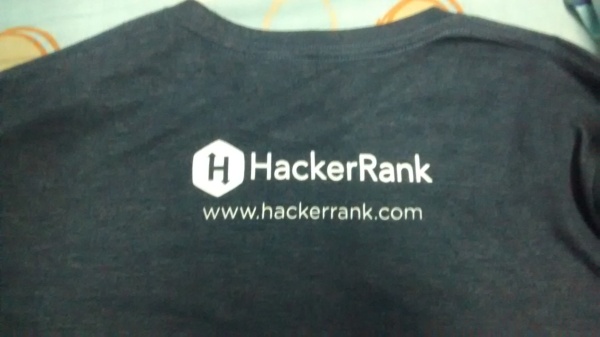
My Armour of choice for the day: Courtesy HackerRank Ambassador Program. Yes, its awesome and Yes, you’ll have to earn it.
Time For Desserts!
- The 11 teams who got selected
- Team attendance for the IInd round
Finally after grabbing a quick bite (read byte), I was back in the labs with the results in my hand. I declared the results. We had selected 11 teams, all of whom scored above the test grade average of 50% marks.
The coding round was intense. The selected teams battled it out for the top spot in the 45 minute round that saw coders furiously overcoming the 5 challenges that I had selected for the event. Their were a few heart-stopping moments in between when the Internet dropped in between. Luckily the server room guy was available at hand and sorted out the trouble both the times.
At the end of those grueling 45 minutes,the winning team emerged( to everyone’s surprise and delight as well): Two school kids from Modern school, Barakhamba Road grabbed the top spot. Second position was secured by the team which comprised of two fellow programmers, one from DTU and the other from A.N.D.C. college respectively:- Anmol and Parag.
The Experience and The Glory
What did I learn from it all and take home that day? Well personally, it was an incredible personal achievement for me. I was able to pull off something which I had envisioned to do since the time I picked up competitive programming. Of course, a lot of work still remains to be done:- questions which need to be solved, a programming society which I plan on setting up with my fellow programmers..quite a long list,mind you. But for me, taking the first step was crucial. Most importantly, to provide an opportunity for others to enjoy the thrills of coding and achieve something through sheer hard work:- priceless.
I made new friends, met awesome people and strengthened my love for coding even further. Thus, it was a pure joy for me. However I can’t forget to state the lessons I learned as well (the hard way really) to:-
- be punctual in practise
- you can’t be careful enough, best of preparation is a necessity not to be underestimated.
- have the foresight to anticipate troubles you’ll likely encounter and overcome them in a timely manner.
I definitely want to move ahead from hereon- to add more such chapters to my life and to be the reason for someone’s sense of pride and happiness. Giving back to the world and community is a liberating experience. I hope we can all be privy to this priceless sentiment, and fare well as voyagers,and as conquerors.


